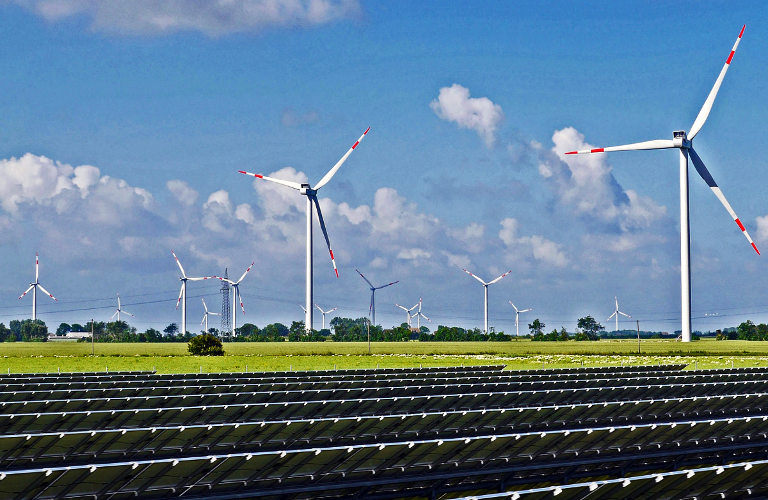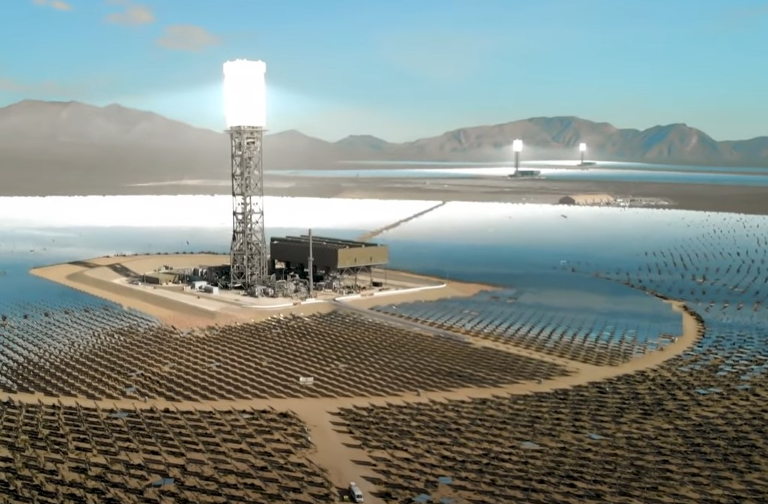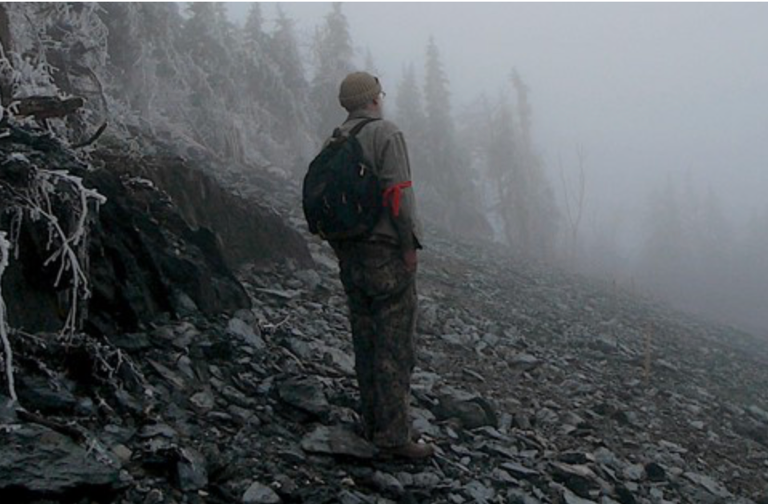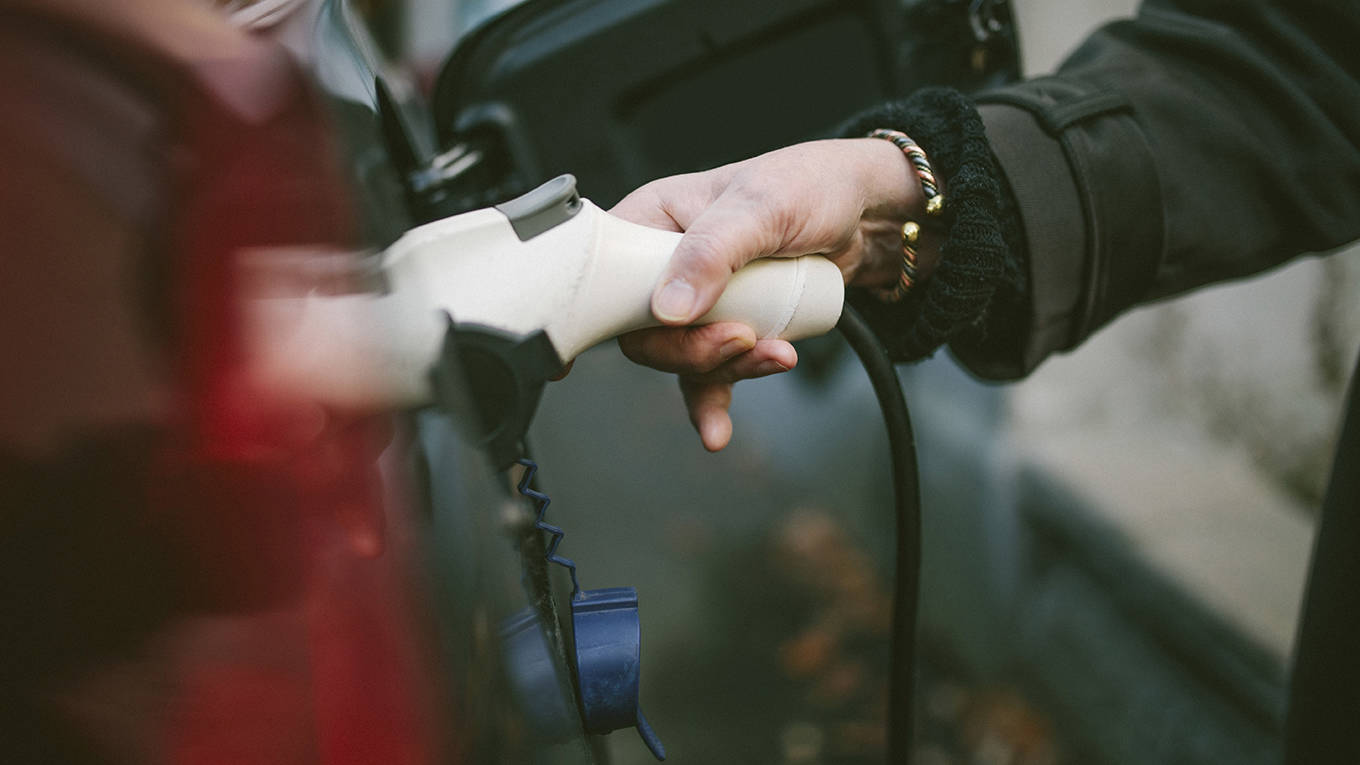Thus, if we have stupid solutions then we must use stupid bandaids. Again, the insanity continues.
The credit for the information in this brief article goes to StopTheseThings.com, which focuses on the problems associated with wind and solar power generation. The article, Ships Ahoy! Giant Diesel-Fuelled Ship Engines ‘Solution’ For Australia’s Renewable Energy Crisis, provided me a few good laughs and the desire to share it on the SRSroccoReport.com.
Here is a picture of the Wartsila 50DF Diesel Ship Engine:

Notice the two workers next to the engine? That should give you an idea of the size of this beast. According to the article linked above, AGL Energy Limited has installed 12 of these engines at the Barker Inlet Power Station in Torres Island, Australia. The total output from these dozen ship engines is rated at 210 MW (MegaWatts).
Here’s another picture of Wartsila’s 50DF Diesel Ship Engine at the factory plant.

These Wartsila engines can run on diesel, natural gas, and bunker oil. Can you imagine how much fuel a dozen of these engines consume to balance the power lost from wind and solar generation?? If you read the article linked above, which I highly recommend, wind power generated in Southern Australia can see drops of 3,000 MWs!!
…click on the above link to read the rest of the article…















